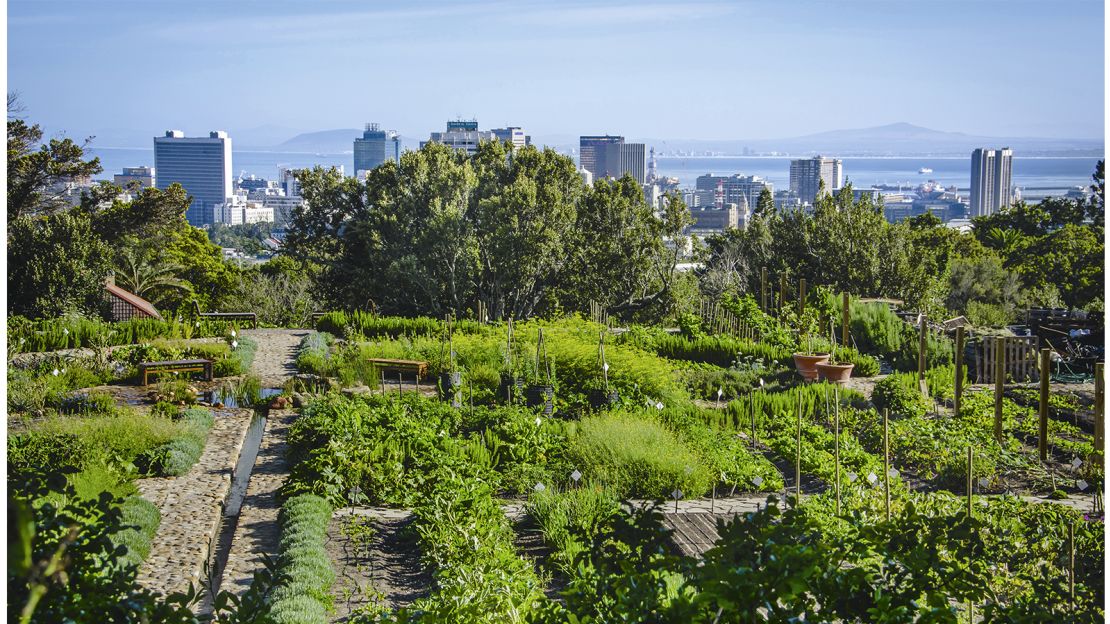9 Easy Facts About City Blooming Explained
9 Easy Facts About City Blooming Explained
Blog Article
Not known Facts About City Blooming
Table of ContentsThe Best Strategy To Use For City BloomingThe Ultimate Guide To City BloomingUnknown Facts About City BloomingSome Known Factual Statements About City Blooming The Ultimate Guide To City Blooming
Fascinated in growing food for sale in the City of Chicago? Below is a listing of often asked inquiries relating to the guidelines and laws that cultivators ought to consider when intending an urban farming job.
The zoning change does not modify any kind of other codes handling composting, structure authorizations, purchasing or leasing City had building, business licenses or environmental contamination. There are existing codes that manage these problems and they remain completely result and may be appropriate to your task. Community gardens are typically owned or taken care of by public entities, public companies or community-based companies and preserved by volunteers.
Urban ranches grow food that is planned to be marketed, either on a nonprofit or for-profit basis. Due to their business purpose, metropolitan farms require a company permit.
The Single Strategy To Use For City Blooming
The quantity of garden compost product can not go beyond 25 cubic lawns at any type of offered time according to the requirements in 7-28-715 of the City's Municipal Code. Because the dirt at the majority of brand-new garden websites needs amending, compost, dirt, timber chips, or various other materials can be obtained to construct or improve the growing space.

If a structure license is needed then the hoophouse will certainly be considered an accessory building. You can figure out more concerning the building license demands by speaking to the Department of Structures. The 25,000-square-foot dimension limitation is meant to stop a single neighborhood yard from dominating a provided block or diminishing the block's existing property or business personality.
The limitation does not apply to yards situated in Public Open Area (POS) areas. Can there be greater than one neighborhood yard that is 25,000 square feet on a solitary block? Yes. The size limitation relates to specific gardens, not to private blocks. No. Fence is not required, nonetheless, yards that have huge parking lot may be called for to mount fencing or various other landscaping functions.
Some Known Details About City Blooming
B1 & B2 districts call for that all commercial usage tasks be conducted inside. R areas limit business task. The regulations show the objective and intent of the Zoning Code. Is fencing required for urban ranches? Yes. Fencings might be needed, together with landscaping and screening, for particular parking lot and exterior work or storage space locations depending upon place and the details task occurring.
Yes. Urban ranches need structure licenses and zoning authorizations before construction. Other kinds of city testimonial may be needed depending upon details frameworks, activities, size, landscaping, licensing, public heath and stormwater monitoring concerns. A number of these requirements are determined in the project design or allowing procedure, nevertheless, the applicant might be liable to individually determine particular licenses or permits that might be needed.
Yes. The kind of certificate is figured out by what is happening at the site. The Division of Organization Matters and Consumer Security can aid establish the particular sort of service certificate that's required. Yes. Off road car park is needed for a lot of commercial tasks in Chicago. The needed variety of car park spaces is based on the variety of workers working with website and not the square footage of the growing area.
City Blooming for Dummies

Yes. An urban ranch can sell garden compost material generated on site, however, the next operation needs to adhere to the regulations in 7-28-715 of the Chicago Municipal Code. Yes. Aquaponic systems are enabled indoors on metropolitan farms in several zoning districts. A zoning review and structure permit is called for in order to mount structures or systems and a business license is required as explained over.
Approximately five hives or nests of honey bees might be kept as an accessory usage. Nevertheless, beekeepers have to register with the Illinois Department of Farming. To learn more about the recommended zoning amendment you may contact the Division of Real Estate and Economic Growth, Bureau of Planning and Zoning at 312.744.8563.
Farming in cities and metropolitan locations A city farm in Chicago. Urban agriculture refers to various practices of growing. https://dzone.com/users/5164299/cityblooming.html, processing, and distributing food in city locations. The term additionally relates to the area activities of animal husbandry, tank farming, beekeeping, and horticulture in a metropolitan context. Urban farming is differentiated from peri-urban agriculture, which happens in backwoods at the edge of suburbs.
Not known Facts About City Blooming
It can include a movement of natural growers, "foodies" and "locavores", that seek to create social media networks founded on a common values of nature and community holism. These networks can create by method of formal institutional assistance, coming to be incorporated right into local town as a "shift community" motion for lasting city advancement.
In either situation, the more straight accessibility to fresh vegetable, fruit, and meat items that might be become aware via city farming can enhance food security and food security while decreasing food miles, resulting in reduced greenhouse gas emissions, thereby adding to environment change mitigation. Several of the initial proof of metropolitan agriculture comes from Mesopotamia.
Report this page